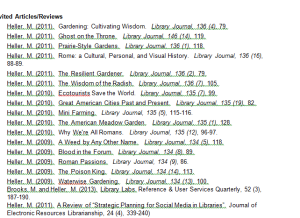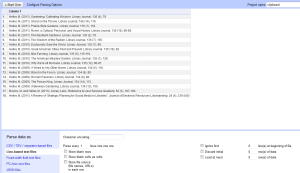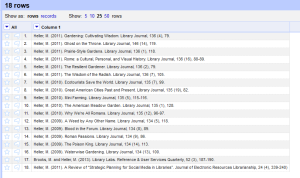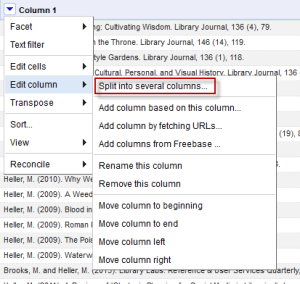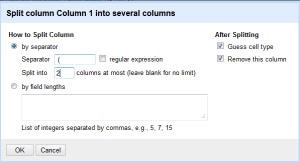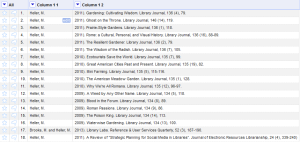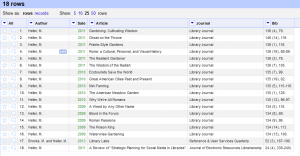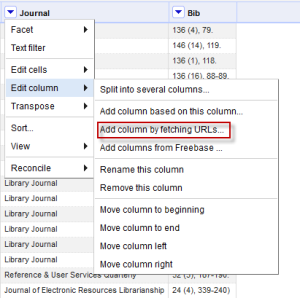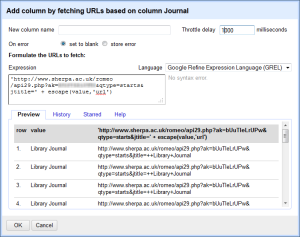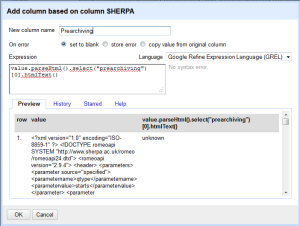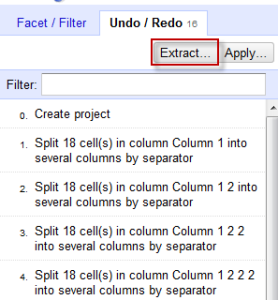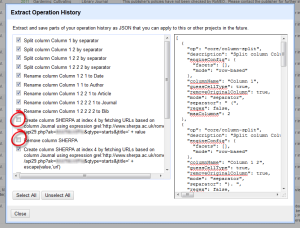This originally appeared on the ACRL TechConnect blog.
Disclaimer: I was on the planning committee for Code4Lib 2013, but this is my own opinion and does not reflect other organizers of the conference.
We have mentioned Code4Lib before on this blog, but for those who are unfamiliar, it is a loose collective of programmers working in libraries, librarians, and others interested in code and libraries. (You can read more about it on the website.) The Code4Lib conference has emerged as a venue to share very new technology and have discussions with a wide variety of people who might not attend conferences more geared to librarians. Presentations at the conference are decided by the votes of anyone interested in selecting the program, and additionally lightning talks and breakout sessions allow wide participation and exposure to extremely new projects that have not made it into the literature or to conferences with a longer lead time. The Code4Lib 2013 conference ran February 11-14 at University of Illinois Chicago. You can see a list of all programs here, which includes links to the video archive of the conference.
While there were many types of projects presented, I want to focus on those talks which illustrated what I saw as thread running through the conference–care and emotion. This is perhaps unexpected for a technical conference. Yet those themes underlie a great deal of the work that takes place in academic library technology and the types of projects presented at Code4Lib. We tend to work in academic libraries because we care about the collections and the people using those collections. That intrinsic motivation focuses our work.
Caring about the best way to display collections is central to successful projects. Most (though not all) the presenters and topics came out of academic libraries, and many of the presentations dealt with creating platforms for library and archival metadata and collections. To highlight a few: Penn State University has developed their own institutional repository application called ScholarSphere that provides a better user experience for researchers and managers of the repository. The libraries and archives of the Rock and Roll Hall of Fame dealt with the increasingly common problem of wanting to present digital content alongside more traditional finding aids, and so developed a system for doing so. Corey Harper from New York University presented an extremely interesting and still experimental project to use linked data to enrich interfaces for interacting with library collections. Note that all these projects combined various pieces of open source software and library/web standards to create solutions that solve a problem facing academic or research libraries for a particular setting. I think an important lesson for most academic librarians looking at descriptions of projects like this is that it takes more than development staff to make projects like this. It takes purpose, vision, and dedication to collecting and preserving content–in other words, emotion and care. A great example of this was the presentation about DIYHistory from the University of Iowa. This project started out initially as an extremely low-tech solution for crowdsourcing archival transcription, but got so popular that it required a more robust solution. They were able to adapt open source tools to meet their needs, still keeping the project very within the means of most libraries (the code is here).
Another view of emotion and care came from Mark Matienzo, who did a lightning talk (his blog post gives a longer version with more details). His talk discussed the difficulties of acknowledging and dealing with the emotional content of archives, even though emotion drives interactions with materials and collections. The records provided are emotionless and affectless, despite the fact that they represent important moments in history and lives. The type of sharing of what someone “likes” on Facebook does not satisfactorily answer the question of what they care about,or represent the emotion in their lives. Mark suggested that a tool like Twine, which allows writing interactive stories could approach the difficult question of bringing together the real with the emotional narrative that makes up experience.
One of the ways we express care for our work and for our colleagues is by taking time to be organized and consistent in code. Naomi Dushay of Stanford University Library presented best practices for code handoffs, which described some excellent practices for documenting and clarifying code and processes. One of the major takeaways is that being clear, concise, and straightforward is always preferable, even as much as we want to create cute names for our servers and classes. To preserve a spirit of fun, you can use the cute name and attach a description of what the item actually does.
Originally Bess Sadler, also from Stanford, was going to present with Naomi, but ended up presenting a different talk and the last one of the conference on Creating a Commons (the full text is available here). This was a very moving look at what motivates her to create open source software and how to create better open source software projects. She used the framework of the Creative Commons licenses to discuss open source software–that it needs to be “[m]achine readable, human readable, and lawyer readable.” Machine readable means that code needs to be properly structured and allow for contributions from multiple people without breaking, lawyer readable means that the project should have the correct structure and licensing to collaborate across institutions. Bess focused particularly on the “human readable” aspect of creating communities and understanding the “hacker epistemology,” as she so eloquently put it, “[t]he truth is what works.” Part of understanding that requires being willing to reshape default expectations–for instance, the Code4Lib community developed a Code of Conduct at Bess’s urging to underline the fact that the community aims at inclusion and creating a safe space. She encouraged everyone to keep working to do better and “file bug reports” about open source communities.
This year’s Code4Lib conference was a reminder to me about why I do the work I do as an academic librarian working in a technical role. Even though I may spend a lot of time sitting in front of a computer looking at code, or workflows, or processes, I know it makes access to the collections and exploration of those collections better.
